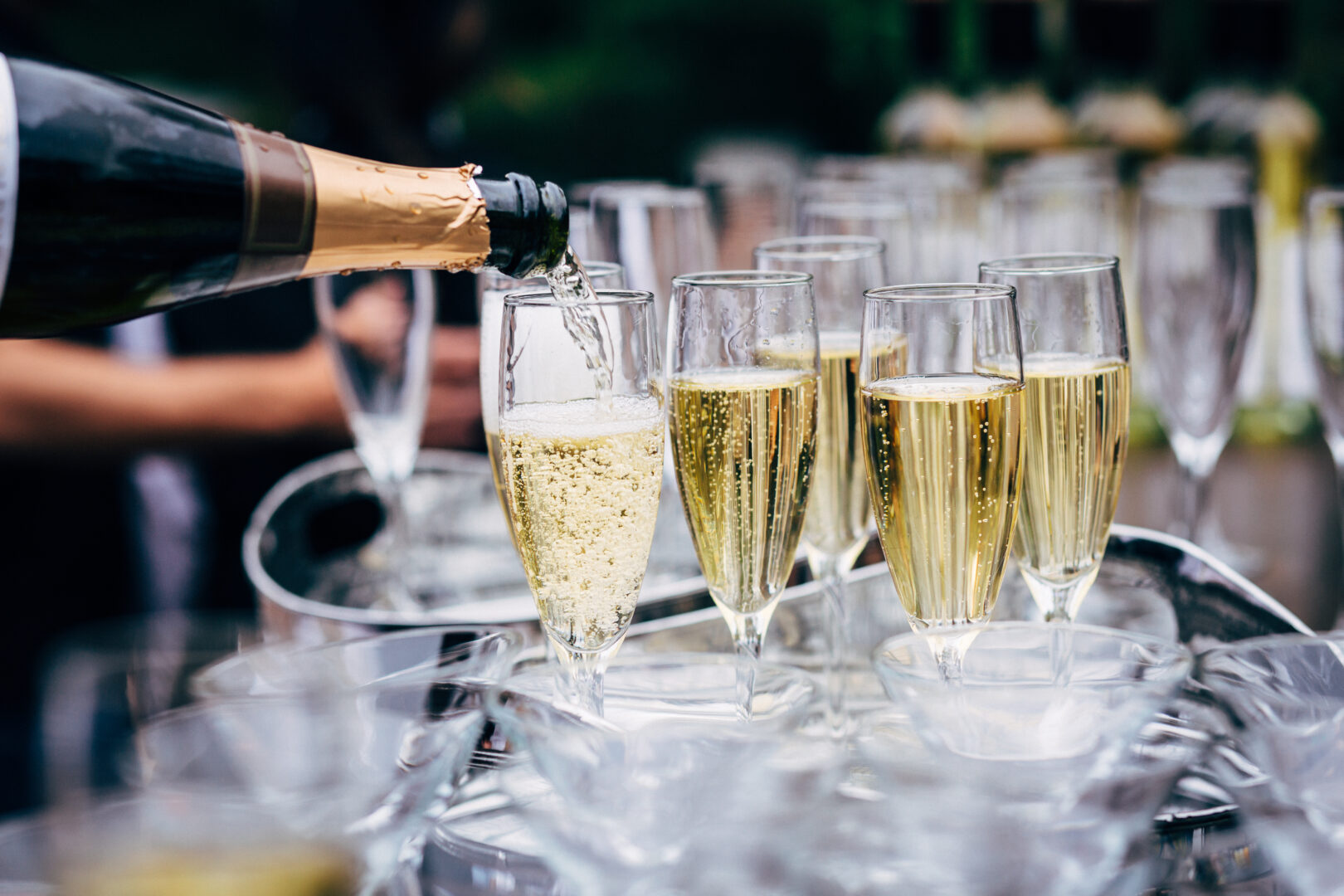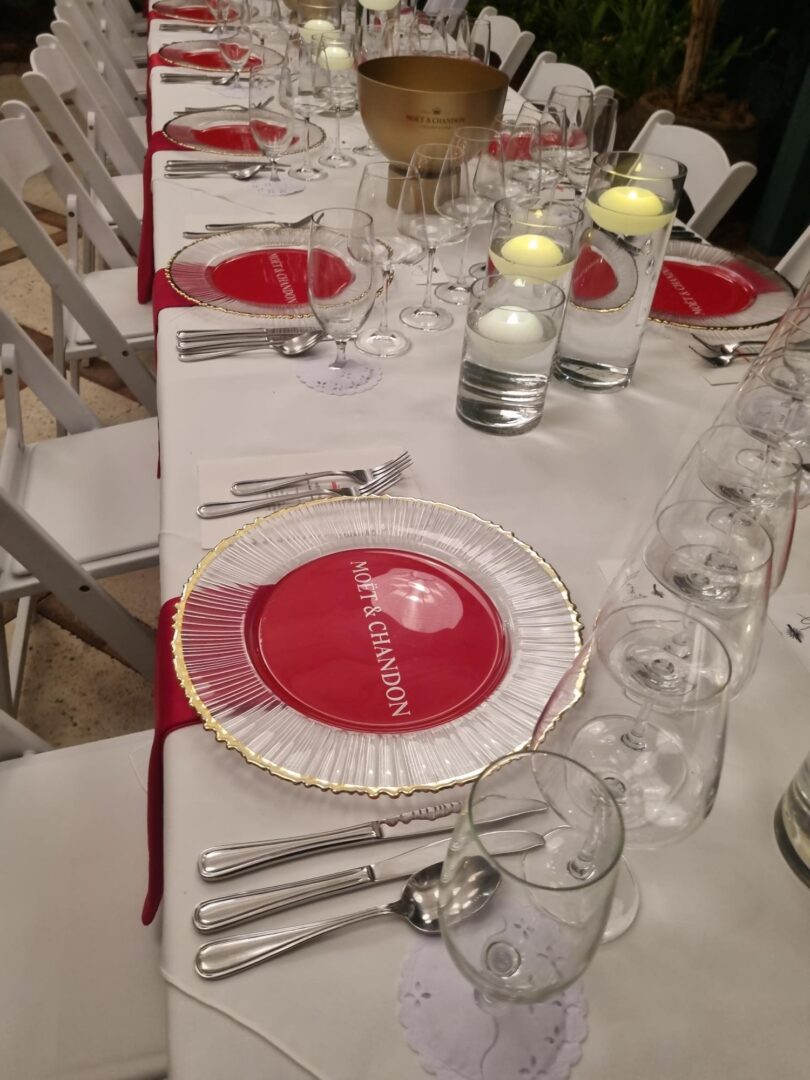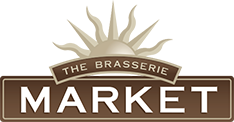There’s a certain magic that happens when place, craft, and timing align—and earlier this month, that magic unfolded in the heart of Cayman. Moët & Chandon joined forces with The Brasserie for a five-course tasting experience that celebrated not only exceptional champagne, but the artistry of farm-to-table dining. For three years, The Brasserie has been the trusted stage for Moët & Chandon’s champagne dinners, known for elevating each vintage through thoughtful service and inspired culinary creativity. This year’s spotlight on the Grand Vintage Brut and Rosé 2015 transformed the evening into a true reflection of heritage, harmony, and the beauty of a single season captured in every sip. Read this exclusive interview with Chris McLean, the brand manager for Moët & Chandon in Cayman.

What inspired the collaboration between Moët & Chandon and The Brasserie for the five-course tasting experience earlier this month?
The Brasserie has been our go-to venue for champagne dinners the last three years. They do an exceptional job with service, menu planning and creativity.
How did the characteristics of the Grand Vintage Brut and Rosé 2015 enhance or contrast the flavours presented in the tasting menu?
Because of the age of these wines the complexities developed and the balance between bright and fresh, and mature and autumnal, are exquisite. Chef Dean Max’s menu is always harmonious and complex, and so they match well.
What distinguishes the 2015 vintage for Moët & Chandon, and why is it significant enough to feature in a curated dining experience like this?
2015 is an excellent vintage in Champagne. A wet spring gave way to a warm and dry summer and an excellent, high-quality harvest. Most houses will release 2015 vintage champagnes. It was a vintage to celebrate!
Can you describe the process of pairing Moët & Chandon vintages with specific dishes from The Brasserie’s farm-to-table menu?
Essentially when pairing champagne consider the tactile nature of the wine. Weight, dosage level and proportion of the blend. Not necessarily the flavours you perceive. These Grand Vintage wines are on the drier side, so pairing with clean, fresh ingredients, especially light seafoods is actually quite easy.
What makes the combination of Cayman-sourced ingredients and Moët & Chandon vintages especially memorable or unique?
Any opportunity to pair products that are wholly unique should be celebrated. Champagne is the most versatile of all wines and the fresh, tropical and often seafood-based Caymanian dishes are a natural fit.

How has Moët & Chandon’s long history and heritage shaped the way the Maison approaches modern fine-dining partnerships?
There is a classic, iconic image to Moët & Chandon given its history and fame, but ultimately champagne is about celebration and sharing with others, so we look to restaurants who also have a reputation for high-quality service and food, but that are accessible to all diners.
How does the philosophy behind Moët & Chandon’s Grand vintages complement the emphasis on seasonality in farm-to-table dining?
The Grand Vintage champagnes capture one harvest in a bottle, and The Brasserie’s farm-to-table menus capture a snapshot of time in a growing season.

What qualities of Moët & Chandon’s champagnes make them especially suited for pairing with fresh, locally sourced ingredients?
The low levels of dosage, the complimentary varietal blends, and the time in bottle developing flavours makes Moët & Chandon’s champagnes very food friendly.
How do sustainable practices in viticulture at Moët & Chandon mirror the sustainability commitments of farm-to-table establishments?
Moët & Chandon has the resources to make significant contributions to the natural and sustainable farming practices of their growers, and the industry as a whole. Moët & Chandon received its ISO-14001 certification for Environmental Management in 2007, and Sustainable Viticulture in Champagne and High Environmental Value certifications in 2014. Their vineyards are herbicide-free and 95% of parasite treatments are naturally occurring. Vines are maintained by innovative electric tractors that do not disrupt the ecosystem within the soil. The maison uses 98% renewable energy and 100% of winemaking waste is recycled.
What trends are you seeing in how diners appreciate Champagne within tasting menus that highlight local and responsibly sourced produce?
Champagne has been somewhat relegated over time to an apertif, or a wine for toasts despite that fact that champagne is the most food-friendly of all wines. So when guests have the opportunity to drink five or more different champagnes in one menu, they love it! It’s nice to start a tasting menu with champagne, it’s a whole other thing to have an entire menu based around it.
